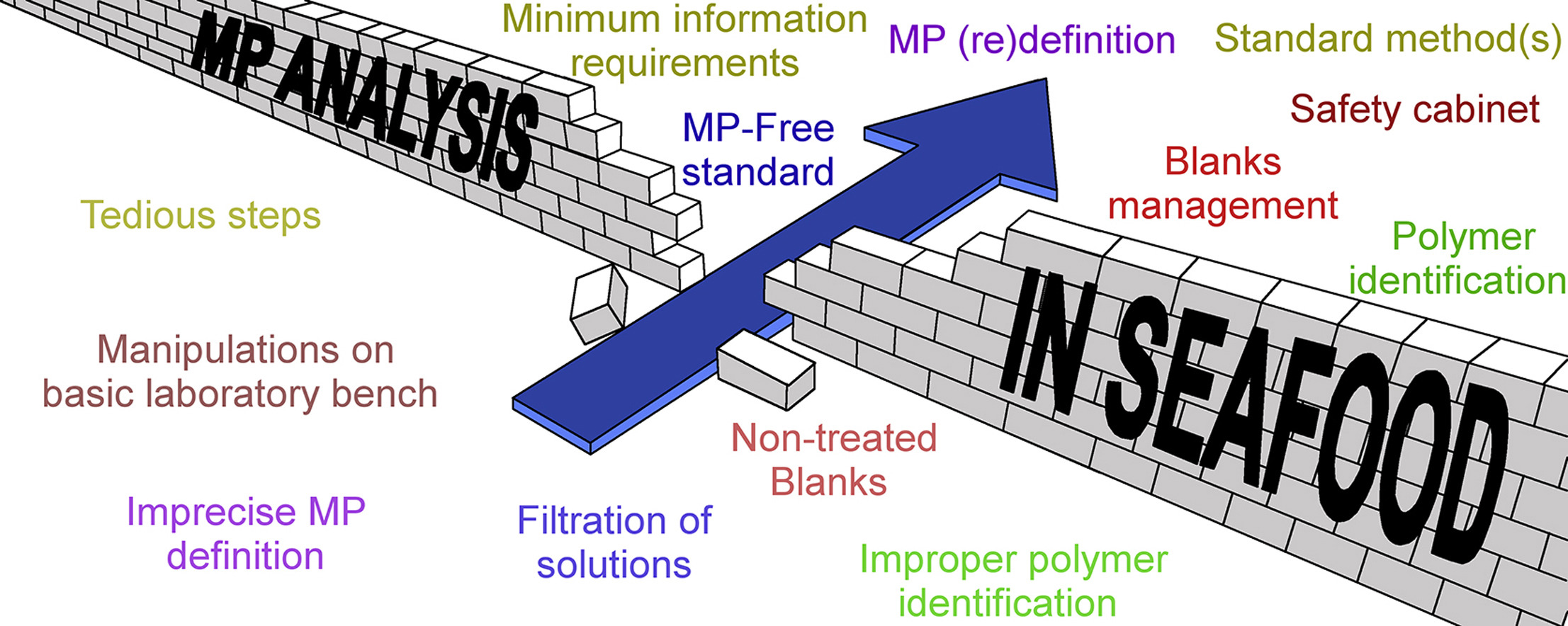Building and Environment, Volume 158, July 2019
To fight against the biodiversity loss and to take advantage of ecosystem services that nature can offer, urban planners integrate green spaces in urban projects. However to assess green spaces, attention is generally paid to local biodiversity (i.e. “in situ”)which concerns the plot on which buildings are constructed. The biodiversity impacted outside the construction site (i.e. “ex situ”)which concerns the extraction of materials, transportation and waste, is rarely associated to the project assessment.
Agricultural Water Management, Volume 221, 20 July 2019
Irrigation management may influence soil greenhouse gas emissions (GHG). Solid-set sprinkler irrigation systems allow to modify the irrigation time and frequency. The objective of this study was to quantify the effect of two irrigation times (daytime, D; nighttime, N)and two irrigation frequencies (low, L; high, H)on soil carbon dioxide (CO2), methane (CH4), and nitrous oxide (N2O)emissions in a solid-set sprinkler-irrigated maize (Zea mays L.)field located in NE Spain during 2015 and 2016 growing seasons and the fallow period between growing seasons.

